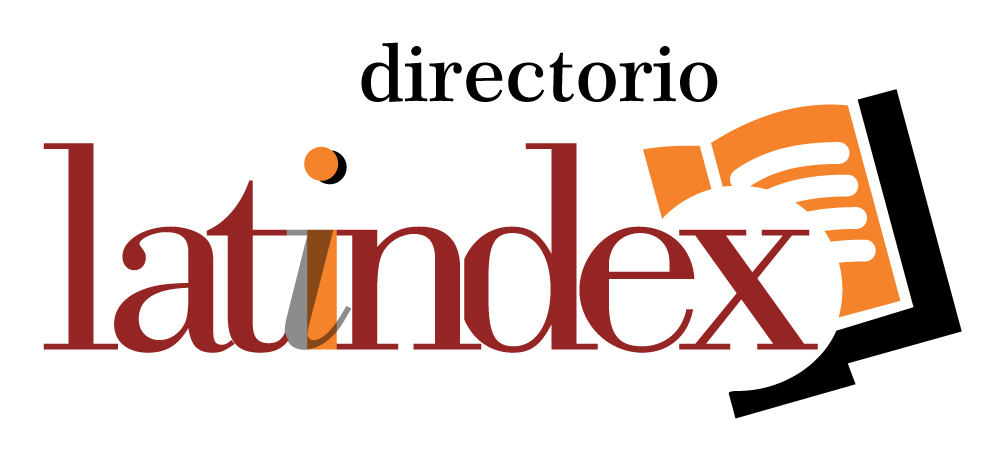Desafíos para Suramérica
Resumen
El Tratado de Libre Comercio de la América del Norte (TLCAN) entre Estados Unidos, Canadá y México, ha significado un paso definitivo hacia la conformación de una entidad político-económico-cultural, que aspira mantener en el siglo XXI la hegemonía planetaria que detentaron los Estados Unidos en el pasado, mientras que el sur del continente, al tener deficiencias acentuadas en el ámbito técnicocientífico, entre otras limitaciones, inicia la presente centuria con el estatus satelital adquirido entre los siglos XV y XX. En consecuencia, aquí se examinan las tareas pendientes para reducir tal condición, considerando la evolución probable del resto del planeta.
Abstract
The North American Free Trade Agreement (NAFTA) between the United States, Canada and Mexico, is a step towards the formation, in the North American continent, of a political and cultural entity that aims to maintain in the 21st century the global hegemony held by the United States in the twentieth century. Meanwhile, South America, with marked deficiencies at the technical and scientific levels–among other limitations– continued this century with the satellite status acquired between the fifteenth and twentieth centuries. This essay examines the pending tasks to reduce this condition, considering the likely evolution of the rest of the planet.
Palabras clave
Texto completo:
PDFReferencias
Acosta, N (2002). Razón y Pasión en el Discurso Político Latinoamericano. Cuadernos del CENDES, Tercera Época, N° 50.
Attali, J. (2008). La Crise et après ?, Paris: Edit. Fayard.
Banco Mundial (1993). Los Recursos Humanos en América Latina y el Caribe. Washington, D.C.
Camejo Ron, Y. (1997). Notas Sobre el Populismo en América Latina. FACES-UCV: Caracas.
Cardoso, F. y E. Faletto (1971). Dependencia y Desarrollo en América Latina. Edit. Siglo XXI: México.
Carrera Damas, G. (1982). Formación Histórico Social de América Latina. EBVC, Caracas.
CEPAL (1993). Panorama Social de América Latina (LC/G. 1768), Santiago de Chile.
Cruz, A. (2009). Political Violence in India. Humania del Sur, año 4, N° 6.
De La Peña, S. (1971). El Antidesarrollo de América Latina. Edit. Siglo XXI: México.
Dietz, H. y D. Myers (2002). El Proceso de Colapso del Sistema de Partidos: Una Comparación entre Perú y Venezuela. Cuadernos del CENDES, Tercera Época, N° 50.
García, A; L. Mata y E. Nell (2008). Asimetrías Monetarias Internacionales y Banca Central. Rev. Investigación Económica, Vol. LXVII, N° 265.
Garciarena, J. (1972). Poder y Clases Sociales. Edit. Paidos: Buenos Aires.
Herrera, A. (1971). Ciencia y Política en América. Edit. Siglo XXI: México.
Mata M., L. (2010). La Democracia en el Siglo XXI. Doctorado en Economía, UCV, Mimeo.
Mata M., L. y N. Navarro (2000). El Comportamiento Fiscal 1950-1999, de la CAN. CENDES-UCV, Mimeo.
Maza Zavala, D.F. (1999). América2000: El Desafío. Caracas: Fondo Editorial Cintec.
Mendoza, E. y M. Oviedo (2004). Fiscal Solvency and Macroeconomics Uncertainty in Emergent Markets. FMI.
Pazos, F. (1992). Medio Siglo de Política Económica Latinoamericana. Caracas: BCV.
Prebish, R. (1950). The Economic Development of Latin America and its Principal Problems ONU. Departamento de Asuntos Económicos, Lake Success.
Saighal, V. (2009). India Potencia Mundial: Una Apreciación Personal. Humania del Sur, Año 4, N° 6.
Subirats, E. (2001). La Modernidad Truncada de América Latina. Cuadernos del CIPOST, N° 10, UCV.
Varas, A. (1988). Militares y Armas en América Latina. Revista Nueva Sociedad, N° 97.
| DOI: https://doi.org/10.53766/HumSur |
| |||||||||||






